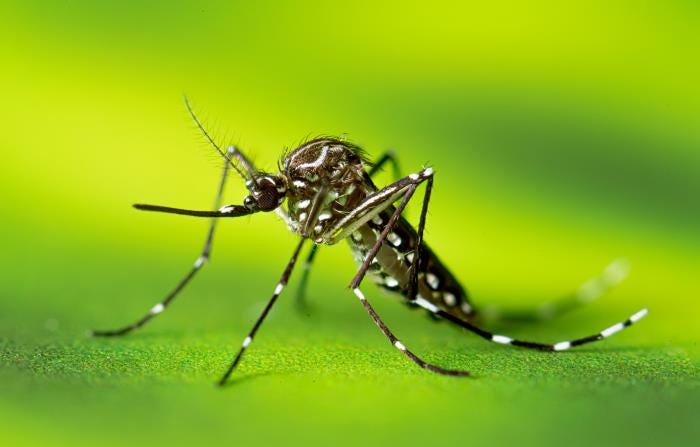The Philippines' Department of Health (DOH) reported a decrease in dengue fever cases in recent weeks recording 17,033 cases from Oct. 20 until Nov. 2, 2024 -- that is 17 percent lower compared to 20,498 cases recorded from Oct. 6 to Oct. 19, 2024.
However, officials report a 81 percent annual total to date, reporting 340,860 cases nationwide through November 16, up from 188,574 cases logged for the same period in 2023.
Concerning the dengue death toll, 881 deaths due to dengue were tallied to date, for a case fatality rate of 0.26 percent.
Philippine Health Secretary Teodoro Herboza urged Filipinos to be vigilant, especially those impacted by floodwaters brought about by six typhoons- Kristine (international name Trami), Leon (Kong-Rey), Marce (Yinxing), Nika (Toraji), Ofel (Usagi), and Pepito (Man-yi)- that hit the country in October and November.
Dengue is a disease caused by a virus spread through mosquito bites. The disease can take up to 2 weeks to develop with illness generally lasting less than a week.
Symptoms from dengue include fever, headache, nausea, vomiting, rash, muscle and joint pain, and minor bleeding.
Dengue can become severe within a few hours. Severe dengue is a medical emergency, usually requiring hospitalization.
Philippines: Schistosomiasis reported in Tacloban City, Leyte
In severe cases, health effects can include hemorrhage (uncontrolled bleeding), shock (seriously low blood pressure), organ failure, and death.



